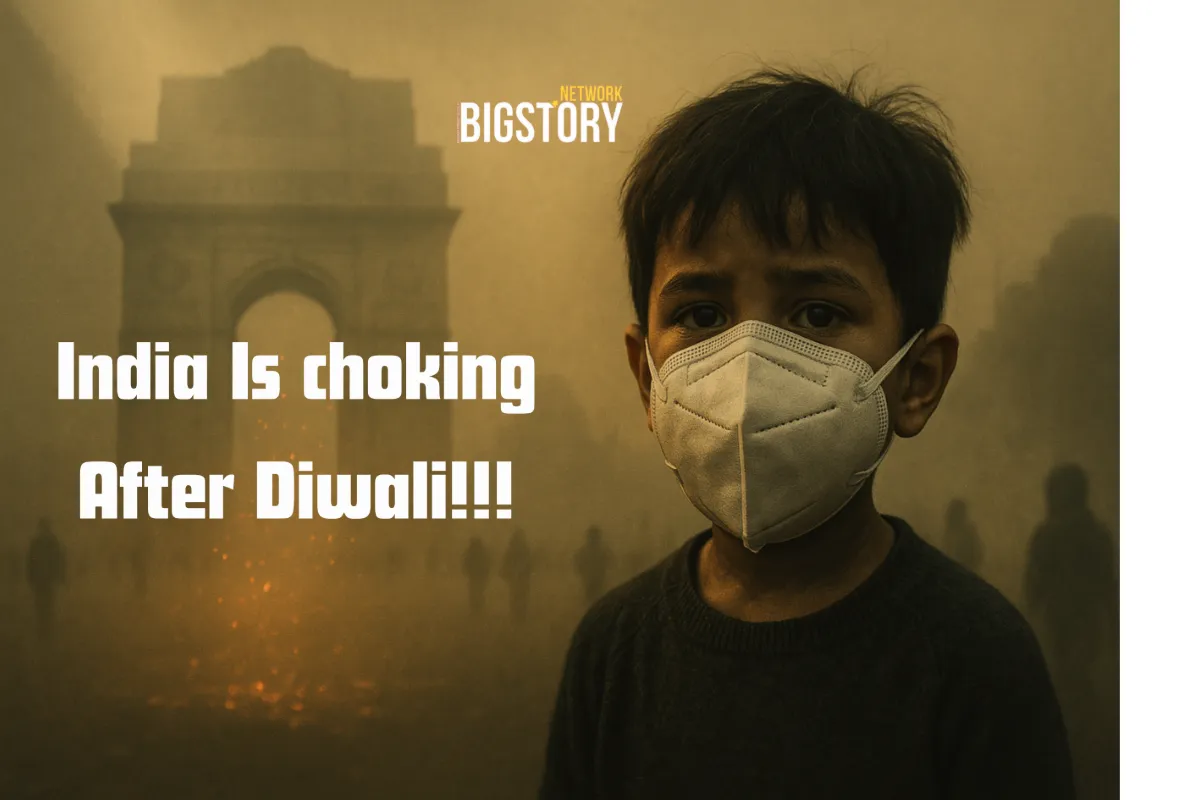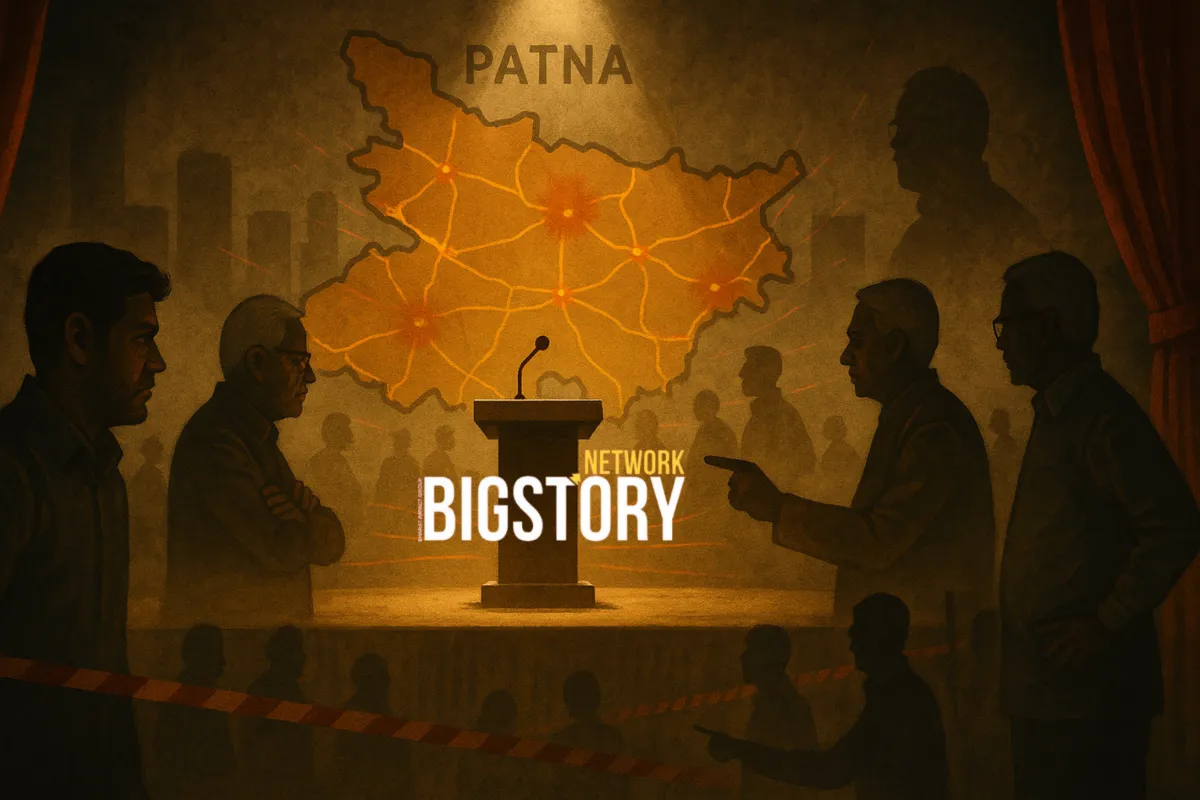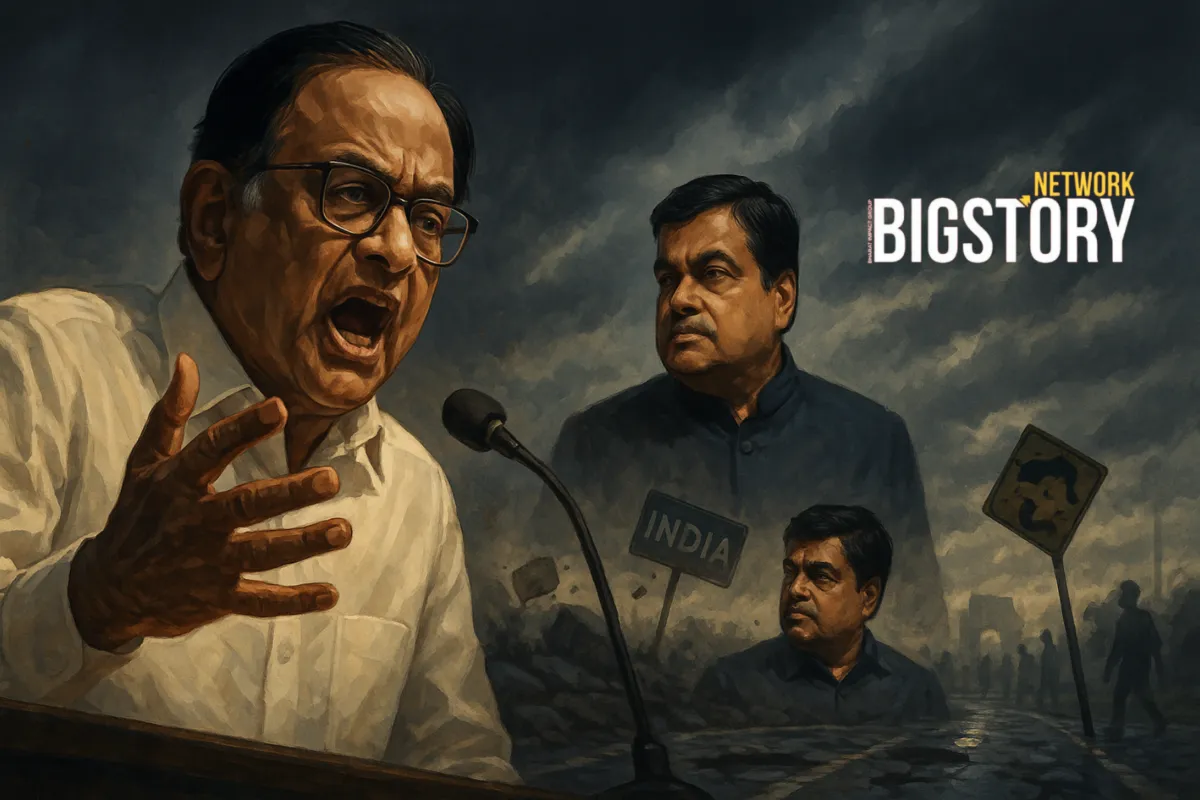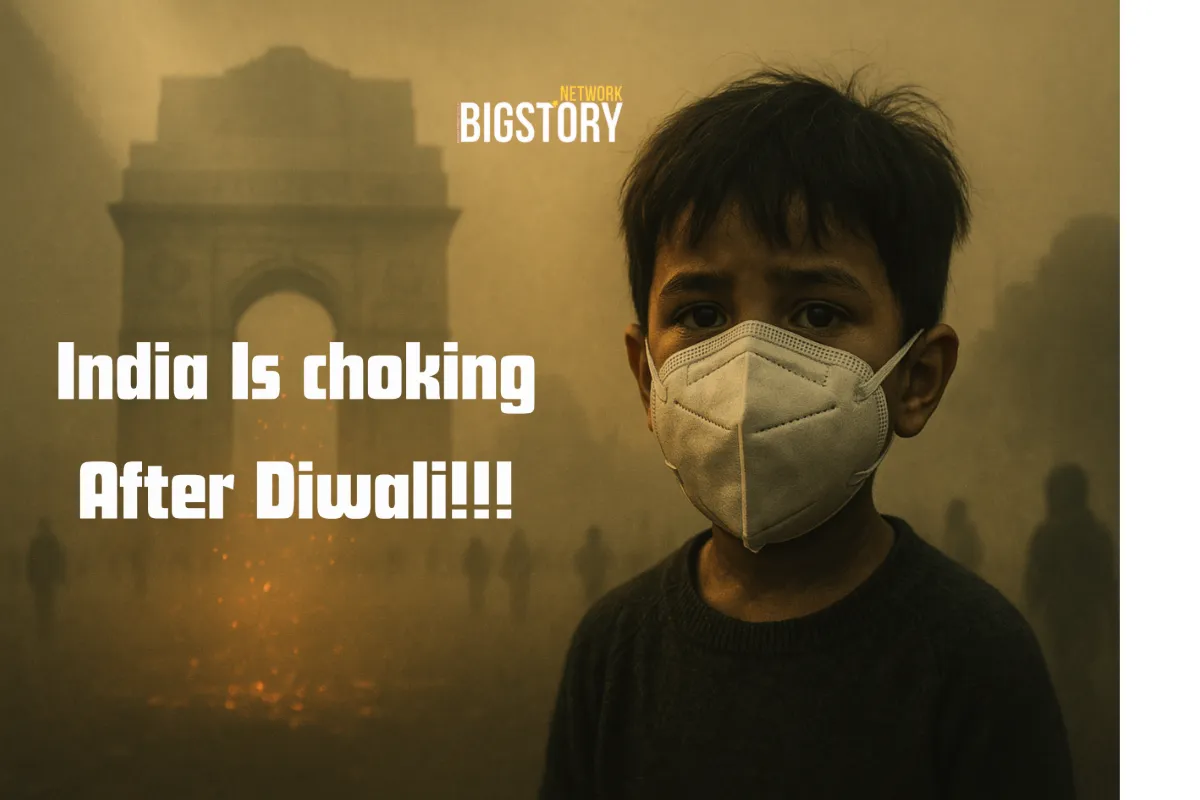Morning after Diwali, October 21, 2025: Across North and Central India, the festive high slipped into a headache. Delhi woke to an average AQI around 451—“severe”—with most stations flashing red. Kolkata and Lucknow flirted with “very poor,” parts of Noida and Ghaziabad crossed into “severe,” and several Tier-2 cities reported sharp overnight spikes before easing by late morning. Millions stepped out to a world that smelled like burnt metal and felt like wet wool in the chest. India wasn’t celebrating anymore; India was coughing.
What actually happened last night
This year’s Diwali came with a trial relaxation: “green crackers,” limited sale windows, and narrow bursting hours. On paper, that balanced tradition with caution. In practice, compliance collapsed. Bursting stretched well beyond the prescribed slots, “green” labels were impossible to verify at scale, and enforcement teams faced a tidal wave of volume. Even if each “green” unit emits ~30% less than legacy formulations, sheer quantity erased any theoretical benefit. Add cool, still air and a shallow mixing layer after midnight, and you get a classic post-Diwali pollution lock-in by dawn.
Don’t pin it only on stubble this time
The annual villain in Delhi’s smog saga is stubble burning. Not this time—at least, not primarily. Early-season fires in Punjab/Haryana were lower than typical in mid-October; new clusters in UP and MP did emerge, but Diwali-night emissions plus urban base load (transport, biomass burning, construction dust, industry) did the heavy lifting. That matters, because solutions that ignore city sources are theater, not policy.
Whole India is choking—differently
- Indo-Gangetic Plain: Cities from Amritsar to Patna saw overnight spikes, especially where humidity and low winds trapped particulates.
- Northern metros: Delhi-NCR bore the brunt; adjoining districts mirrored its curve with a slight lag. Lucknow and Kanpur trended “very poor” through mid-morning.
- East: Kolkata tipped into “very poor” in pockets; sea breeze helped a partial mid-day recovery.
- West/Central: Several Rajasthan and Madhya Pradesh cities reported short but intense peaks.
- South: Bengaluru, Chennai, Hyderabad mostly stayed moderate to satisfactory, a reminder that meteorology, urban form, and compliance culture matter.
India isn’t uniformly bad, but the population-weighted exposure post-Diwali remains grim. The headline isn’t just Delhi’s number; it’s how many lungs were forced through a smoke test they didn’t sign up for.
Signal vs Noise
Fact:
- Post-Diwali AQI in Delhi hit “severe” (~451), with most monitoring stations in red by 7 AM.
- “Green crackers” were allowed in a limited, time-bound trial; enforcement struggled.
- Early-season stubble was not the dominant driver of the spike.
Noise:
- “Green crackers” make Diwali safe.
- “It’s only the farmers.”
- “Air purifiers will protect everyone indoors.”
Implication:
- Volume + verification beat chemistry tweaks. The lever is enforcement practicality and demand management, not labels alone.
Health, right now (not tomorrow)
- Mask up with well-fitted N95/FFP2 outdoors; surgical or cloth masks are feel-good, not filtration.
- Vent smart: Ventilate mid-afternoon when AQI dips; seal windows at night/morning peaks.
- Create a clean-air room: One room, door shut, HEPA purifier on high; improvise with a DIY box-fan filter if needed.
- Pace activity: Reschedule morning runs; keep kids and elderly indoors during peaks; use reliever inhalers per prescription.
- Travel choices: If you can push non-essential commutes by 2–3 hours, do it.
Policy, without the theatrics
- Move from label to logistics: If the state can’t verify “green” stock at point-of-sale and point-of-use, the policy is self-defeating. Either build real verification (tamper-proof codes + on-the-spot scans + swift penalties) or stop pretending it’s enforceable.
- Event-day demand management: Narrower windows don’t work without cap-and-slot systems, designated bursting zones away from dense residential pockets, and public dashboards showing real-time exceedances.
- Hyperlocal GRAP: City-wide bans are blunt. Use ward-level nowcasts to throttle construction dust, DG sets, and biomass burning before the peak night.
- Transport baseline: Odd-even theater won’t move the needle unless paired with pop-up bus frequencies, free/discounted transit days, and last-mile autos on clean-fuel corridors.
- Alternatives that actually delight: Fund and pre-book drone light shows and projection mapping in major plazas. Replace the bang with spectacle that kids will remember and lungs won’t.
- Hospital readiness: Predictable post-Diwali ARI surges demand surge staffing, fast-track triage for COPD/asthma, and public advisories through district apps.
The uncomfortable truth
Diwali isn’t the single cause of India’s air crisis, but it’s a brutal stress test that exposes our weakest joints: lax compliance, cosmetic fixes, and the belief that tiny tweaks to harmful behavior will add up to safety. They won’t. The costs are measurable—ER rushes, missed workdays, productivity loss—and the victims are predictable: children, the elderly, outdoor workers, and anyone with chronic respiratory or cardiac conditions.
If “celebration” means normalizing annual mass exposure to hazardous air, we’ve defined joy too narrowly. The festival of lights can be beautiful without combustion. Until policy aligns with that simple fact—and the public embraces alternatives—India’s October glow will keep arriving with a November cough.
FAQ
Did “green crackers” work?
Not at city scale. Marginal per-unit reductions were overwhelmed by volume and poor compliance.
Was stubble the main culprit?
Not this time in mid-October. It contributed, but urban sources and Diwali-night emissions dominated the spike.
Should I wear a mask today?
Yes. N95/FFP2 outdoors. Keep one room HEPA-filtered indoors.
What’s the single most effective fix next year?
Stop pretending unverifiable “green” labels fix a logistics problem. Either enforce real caps and zones—or pivot to non-combustion celebrations at scale.







Leave a Reply